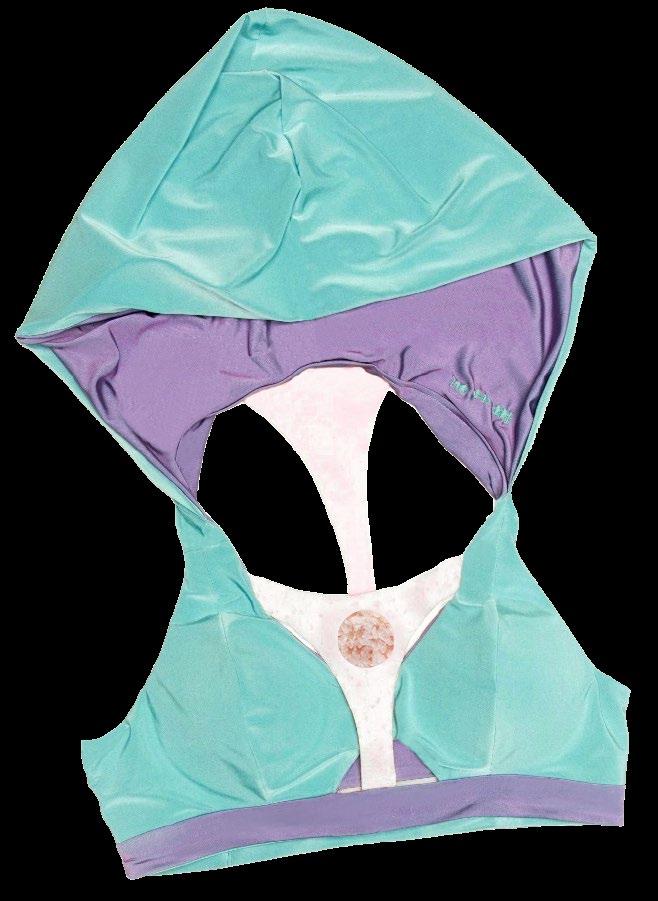
1 minute read
Nomad 03.
from Portfolio
. Ethics fashion
. Sustainable design
Advertisement
. Craftsmanship
.
2D modelling

. product development
. Traditional techniques
Role
In Nomad Team I worked as a 2D designer and researcher to create historical craftsmanship and techniques that we wanted to reproduce. I researched cultural context and design aesthetics to create a cohesive collection that selecting materials that were commonly used during the time period and developed a long-term strategy to consider collaborating with artisans who specialize in traditional techniques. we kept sustainability in mind. Used environmentally-friendly practices and materials wherever possible.

First fotprint of Persian felt: textile form of crafts. First production of felt was made to make soldiers warm during cold times in the mountains.
Until the 1960s, handcrafted felt continued to be used in many Middle Eastern areas for hats, boots, clothing, rugs, and wall hangings. Felting is not commonly done anymore.

WHICH IS THE LEGEND BEHIND FELT?
There is a folk tale that felt makers say: the son of Solomon was a sheperd who wanted to make textile from the wool of his sheeps. After some times of trying and every time failing, he shed tears.
His dropped tears slipped into the wool and glued it together. This is how he found out that by adding water and rubbing the wool you can make felt. This story shows that felt may be the oldest form of textile.



Material
Felt is a textile material that is produced by matting, condensing and pressing animal hairs together. It’s usually made of wool and the best one is Authon wool, the wool of the sheep which has been shaved in the end of summer.
1 - Super strong, like a shield against harm
2 - Good isolator for cold and warm weather
3 - Elastic and useful to use both as a soft carpet or coat
Features
4 - Since wool absorbs the humidity of the air which is damaging human’s joints and bones it is quite healthy to sit on felt carpets
5 - Biodegradable and environmentally-friendly.



